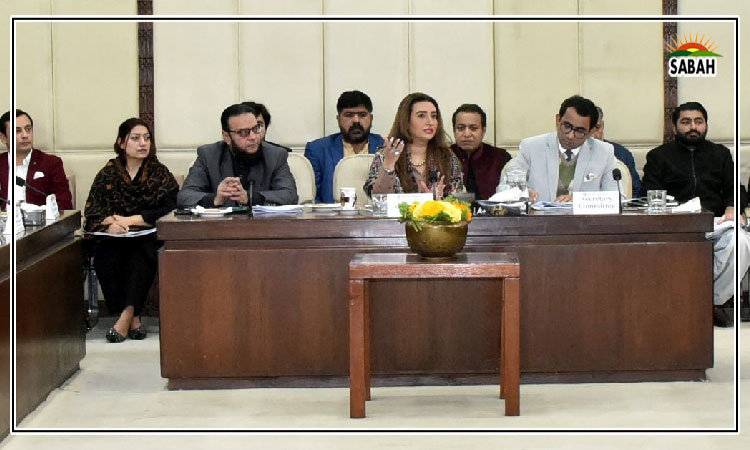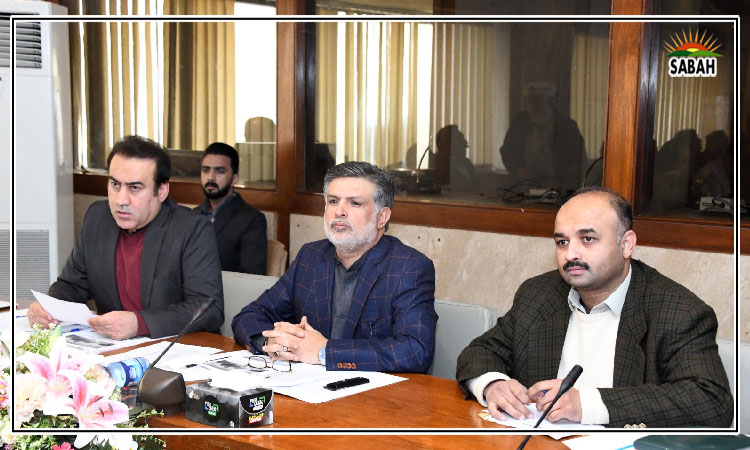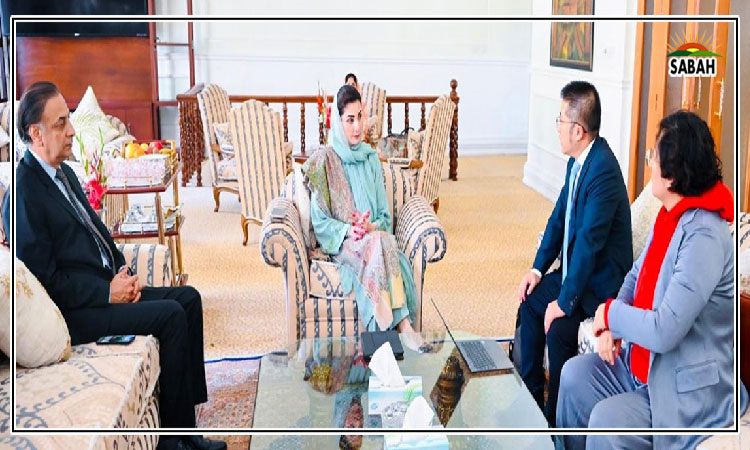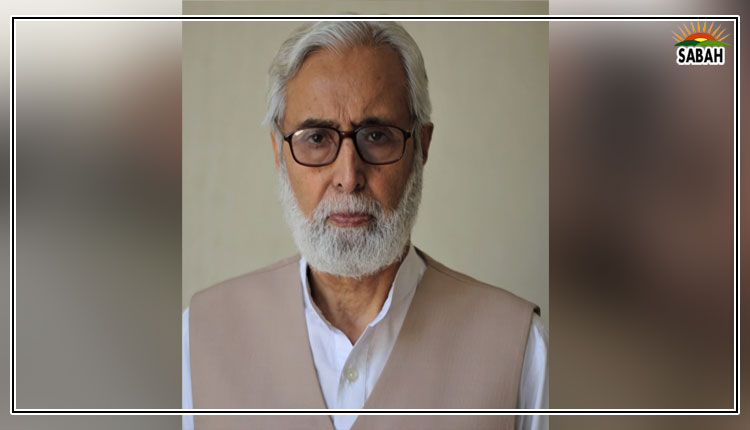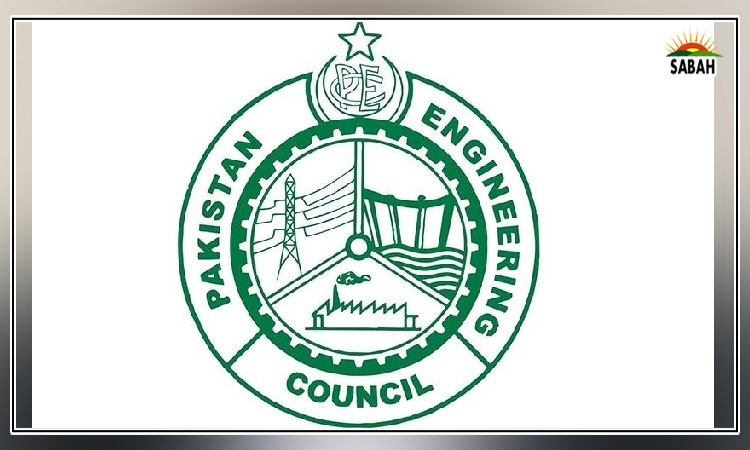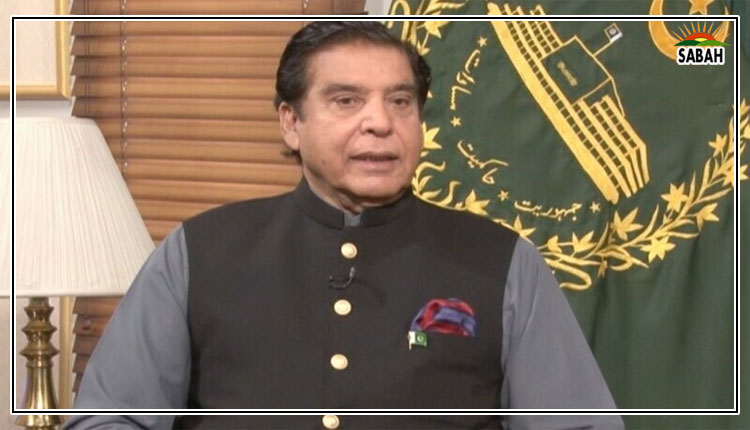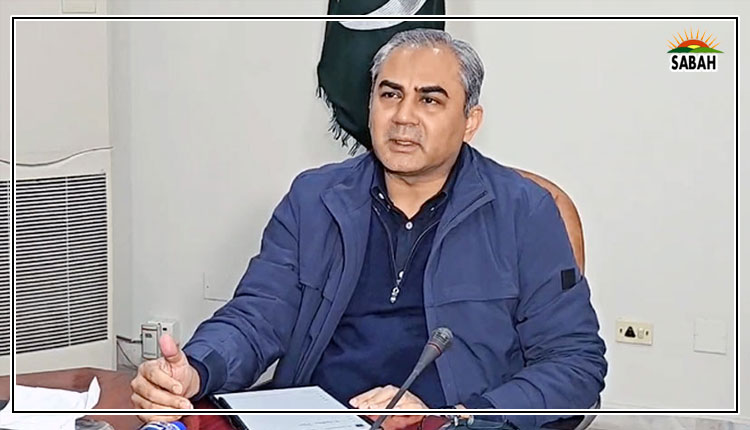The accountability question…Foqia Sadiq Khan
Lately, Pakistans superior judiciary has been in the limelight due to various legal, constitutional, and political developments in the country. There is discourse around some much-needed judicial accountability. In this article, we detach ourselves from national politics a bit and present an international perspective on judicial accountability practices, particularly prevalent in other developing countries, on the basis of International IDEA (Institute for Democracy and Electoral Assistance)s Constitution-Building Primer 5.
In Pakistan, the debate about judicial independence and appointments started in the 1990s and as a result of the Al-Jehad Trust case in 1996, the control of the executive over judicial appointments weakened. The 18th Amendment in 2010 attempted to introduce some form of parliamentary control over judicial appointments but it was largely neutralized with the passage of the 19th Amendment in 2011 after the intervention of the Supreme Court. Since then, judicial accountability has significantly been reduced and we are today looking at the international perspective on it.
The crux of the matter is that judicial neutrality and independence has to exist in some sort of balance with judicial accountability and responsiveness, according to the document we are referring to in this article. There are common/civil law distinctions as well as the parliamentary/presidential system variations. However, largely judicial accountability is a political act and the mechanisms of judicial discipline and removal must always fit the wider social, legal and political context.
The independence of the judiciary requires it to be free from the executive, vested interests, party politics, and legislatures influence which is ensured through immunities, security of tenure amongst other means. Similarly, the process of removing negligent, corrupt and unsuitable judges should also meet the robust, nonpartisan, and thorough standards of removal process and judicial disciplinary outcomes. In other words, It is necessary to consider provisions relating to the judiciary as part of an overall scheme of checks and balances.
In the US, the judges are for life. However, in lots of other countries, particularly developing countries such as India, Kenya, and South Africa, where there is a compulsory retirement age for judges. In civil law countries, the judges of the constitutional courts serve for a fixed term.
India is a federal parliamentary democracy with common law. Its judges are appointed till their retirement at the age of 62 subject to good behaviour. As far as the process of the removal of the judges is concerned; in India, A judge of the Supreme Court shall not be removed from office except on the grounds of proved misbehaviour or incapacity, by an order of the president in response to an address passed by a two-thirds majority of the votes cast in each house of parliament. Parliament may regulate by law the procedure for the presentation of an address and for the investigation and proof of the misbehaviour or incapacity of a judge. So clearly, parliament has a crucial role in the accountability of judges in India.
Kenya is also a decentralized presidential democracy with common law. A judge retires in Kenya at the age of 70 but may elect to retire any time after the age of 65. In Kenya, The removal of a judge may be initiated only by the Judicial Service Commission. In such a case, the president suspends the judge and, acting in accordance with the recommendation of the Judicial Service Commission, appoints a tribunal (with a constitutionally specified, mainly judicial, composition) to inquire into the matter and to make binding recommendations (for removal) to the president.
Mongolia is also a democracy and has a unitary parliamentary system with civil law. The judges serve the fixed term of 6 years in Mongolia. And over there, 15-member Judicial Disciplinary Committee conducts investigations into breaches of law or norms of judicial ethics.
South Africa is a federal parliamentary democracy with a mix of civil and common law. Judges of the constitutional court in South Africa serve the 12 years fixed non-renewable term or until they are 70 years of age whichever occurs first. In South Africa, A judge may be removed from office only if: (a) the Judicial Service Commission finds that the judge suffers from an incapacity, is grossly incompetent or is guilty of gross misconduct; and (b) the National Assembly calls for that judge to be removed by a resolution adopted with a supporting vote of at least two-thirds of its members. The president must remove a judge from office upon adoption of a resolution calling for that judge to be removed. The president, on the advice of the Judicial Service Commission, may suspend a judge who is the subject of a removal procedure.
The political system ultimately decides how the judges should be removed. The more layers there are to this process, the more likelihood that judges wont be removed arbitrarily. However, the risk is that judges guilty of misconduct and corruption would be difficult to remove as well. So there has to be a balance between ensuring judicial independence versus judicial accountability.
In the presidential system, impeachment is considered a more appropriate way of removing the judges. In the parliamentary system, since the government and parliamentary majority can coexist, the role of the opposition has to be factored in the removal process of the judges to strike a balance. If there is a proportional system in a parliamentary democracy, then the requirement of two-thirds majority provides the protection to judges against arbitrary removal. The primer sums it up towards the end of the document, Placing the appointment and removal of judges in the same institution might give that institution too much power. For example, if the head of state, on the advice of a judicial council, can appoint judges, some other authority such as the legislature should be involved as a gatekeeper in the removal process, to prevent the judicial council having excessive authority.
As we have seen above, in some countries judges are removed through parliament and in some other countries there is some council doing this work. However, Pakistan seems unique by comparison where the superior judiciary itself appoints judges and removes them through the Supreme Judicial Council as well.
This just brings the point home that some sorts of checks and balances are missing in the judicial accountability in Pakistan and they need to be re-introduced for the fair dispensation of justice and ensuring political stability in the system.
Courtesy The News




